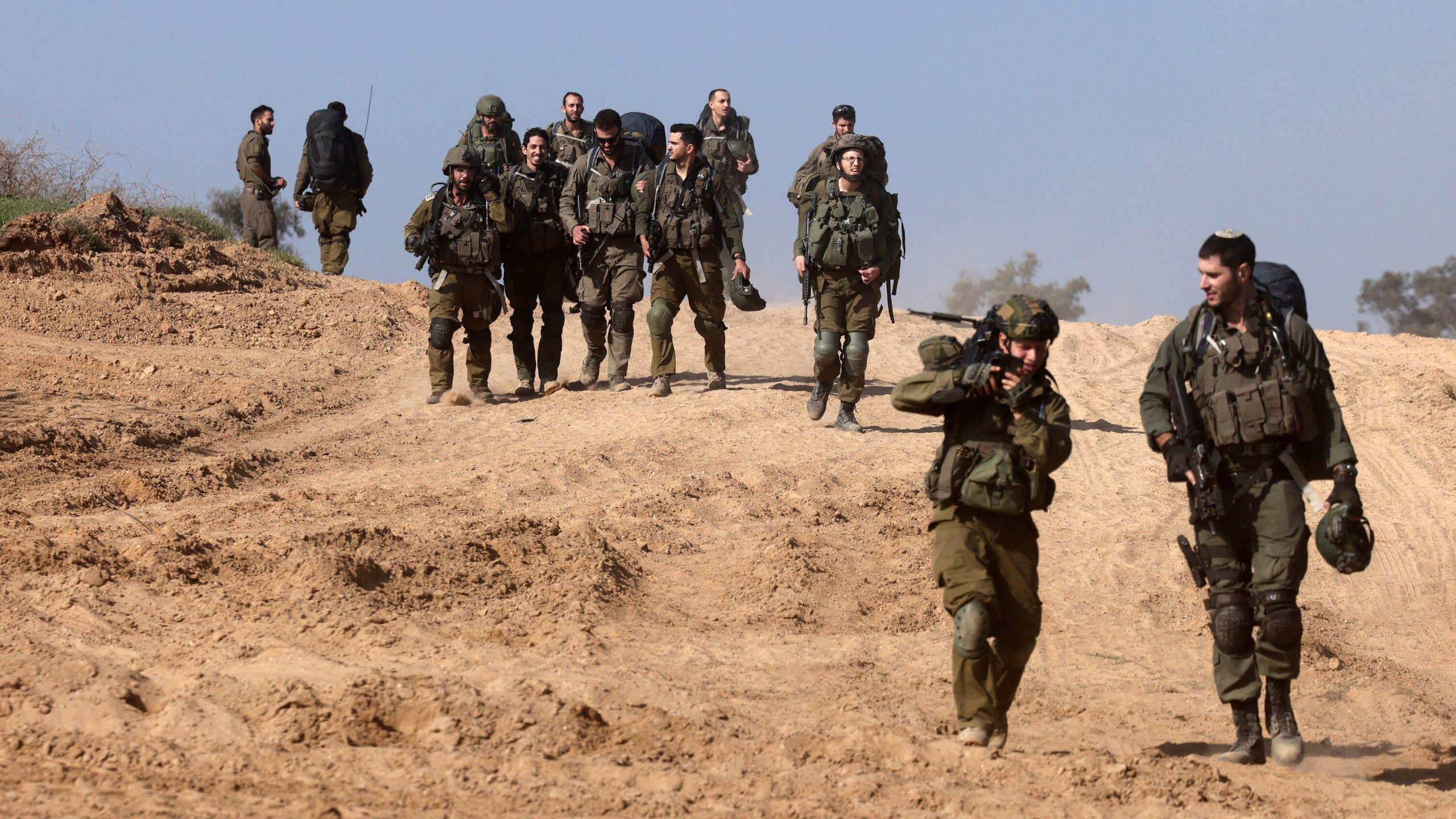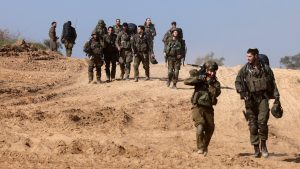
In a significant development that marks a temporary cessation of the intense conflict in the Gaza Strip, the Israeli military has strategically withdrawn its ground troops from the southern part of Gaza, holding onto just one bridge. This move, as per US officials, is aimed at allowing forces to rest and refit. The withdrawal, which notably includes the clearing of Hamas brigades from the city of Khan Younis, precedes Israel’s return to the negotiating table with Hamas. This development is a pivotal moment in the ongoing conflict, offering a glimmer of hope for a ceasefire and a potential hostage exchange deal.
The Strategic Withdrawal
The Israeli military’s decision to pull out from southern Gaza, while maintaining control over a strategic bridge, is a tactical move. This maneuver allows the Israeli forces to recuperate, strategically reassess, and resupply, preparing for any future operations. This temporary withdrawal signifies a break in the relentless fighting that has ravaged the region, providing a much-needed respite for the civilians caught in the crossfire.
Insights from US Intelligence
According to US intelligence officials, this withdrawal is not indicative of a complete cessation of military activities but rather a strategic pause. The officials emphasize that this move is crucial for the Israeli military to maintain its operational capabilities and readiness for any forthcoming challenges.
The Path to Negotiation
This development comes at a time when Israel and Hamas are poised to return to the negotiation table in Cairo. The discussions are aimed at forging a ceasefire and facilitating a hostage exchange deal. The temporary end to hostilities in southern Gaza, particularly in Khan Younis, sets a conducive backdrop for these crucial negotiations.
Expert Commentary
Dr. Alex Goldstein, a Middle East geopolitical analyst, states, “The Israeli withdrawal, while tactical, opens a window for diplomatic efforts to gain traction. It’s a critical juncture that could lead to a sustainable ceasefire and address the humanitarian concerns in Gaza.” Dr. Goldstein further emphasizes the importance of international mediation in ensuring the success of these negotiations.
Conclusion: A Glimmer of Hope Amidst Turmoil
The Israeli military’s strategic withdrawal from the Gaza Strip, as confirmed by US intelligence, is a significant development in the ongoing conflict between Israel and Hamas. This move, aimed at allowing troops to rest and resupply, precedes a crucial phase of negotiations in Cairo. As both parties prepare to discuss a ceasefire and a hostage exchange deal, the international community watches closely, hoping for a resolution that brings lasting peace to the region. The situation remains fluid, and the outcomes of these negotiations could pave the way for a new chapter in Israeli-Hamas relations.

The temporary ceasefire in southern Gaza, particularly the liberation of Khan Younis from Hamas’ grip, provides a momentary pause in the violence, offering a glimmer of hope for the civilians affected by the conflict. As the world awaits the outcomes of the forthcoming negotiations in Cairo, the strategic withdrawal by the Israeli military underscores the complexity of the conflict and the delicate balance of power in the region.












